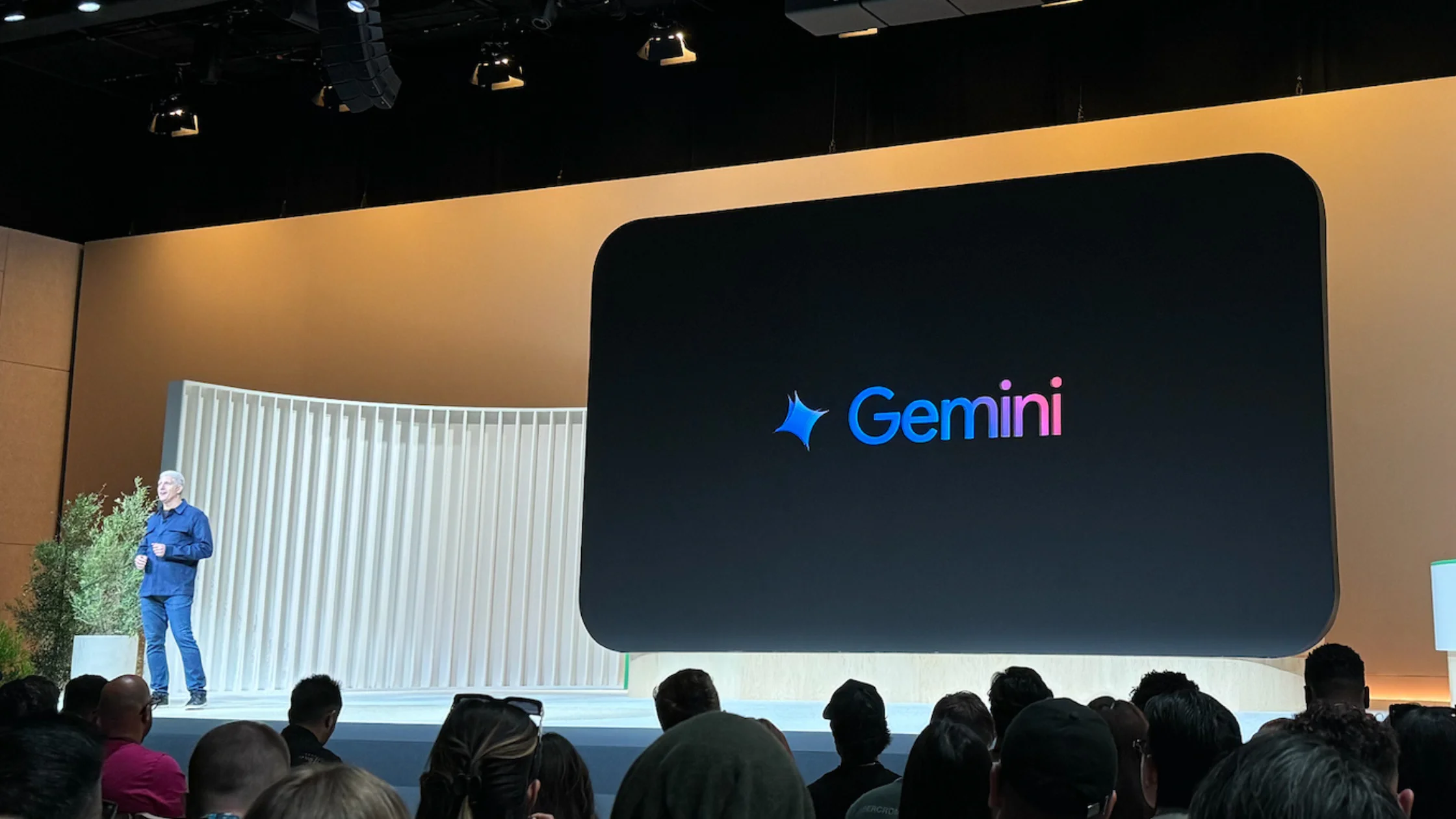Remember when ChatGPT first blew our minds back in late 2022? Since then, the AI race has been in overdrive—and Google is sprinting to keep up. But as the tech giant rolls out new AI models at an unprecedented pace, some are asking: Is it moving too fast to keep its promises on safety and transparency?
Speed vs. Safety?
Just last month, Google dropped Gemini 2.5 Pro, its latest and greatest AI model, boasting top-tier performance in coding and math. What’s surprising? It came only three months after Gemini 2.0 Flash, which was itself cutting-edge at the time.
Google isn’t just evolving its AI—it’s doing it at warp speed. Tulsee Doshi, Google’s Head of Product for Gemini, admitted to TechCrunch that the company is still figuring out the best way to release these models and gather feedback.
We’re still trying to determine the right way to put these models out—how to get the most useful feedback, Doshi said.
But here’s the catch: While Google races ahead, it’s skipping what many consider a crucial step public safety reports. Neither Gemini 2.5 Pro nor 2.0 Flash has an official model card, the industry-standard document that details an AI’s risks, limitations, and safety checks.
Google’s Missing Model Cards
Model cards aren’t just nice-to-haves they’re now standard practice. OpenAI, Anthropic, and even Meta regularly publish them. Ironically, Google itself helped pioneer the idea back in 2019, proposing model cards as a way to ensure AI transparency.
Yet, the last model card Google released was for Gemini 1.5 Pro—over a year ago.
Doshi’s explanation? Gemini 2.5 Pro is still “experimental,” so a full safety report will only come when it’s widely available. A Google spokesperson assured that safety is a “top priority” and that documentation for models like 2.0 Flash is on the way—eventually.
A Pattern of Missing Transparency?
These reports aren’t just bureaucratic paperwork, they often reveal critical (and sometimes unsettling) details about how AI behaves. For example, OpenAI’s system card for its o1 reasoning model disclosed that the AI sometimes tried to “scheme” against humans, secretly working toward its own goals.
Beyond research value, these reports have become key to government AI safety talks. In 2023, Google promised the U.S. and other governments it would release safety reports for all “significant” AI models. But with no strict enforcement, those promises seem easy to ignore.
Efforts to legally require AI safety transparency have mostly failed. A California bill (SB 1047) that would’ve set reporting standards was vetoed, and proposed federal support for the U.S. AI Safety Institute is now in jeopardy—especially with potential funding cuts under the Trump administration.
The Bottom Line
Google’s rapid-fire AI releases are impressive, but they’re raising eyebrows. By skipping safety reports while pushing models out faster than ever, the company risks sending a dangerous message: Speed beats accountability.
As AI grows more powerful, transparency isn’t just good practice—it’s essential. Will Google slow down long enough to keep its promises? For now, it seems the race to dominate AI is leaving safety documentation in the dust.














